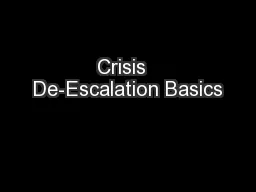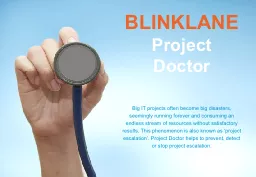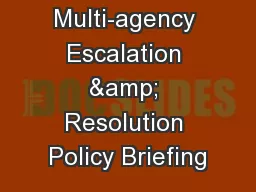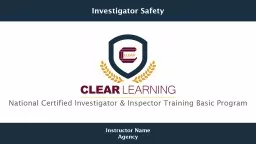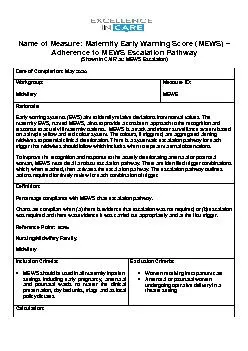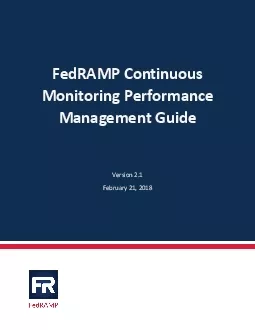PPT-Crisis De-Escalation Basics
Author : stefany-barnette | Published Date : 2018-10-26
Patricia Napolitano mSW LISW Cuyahoga County Court of Common Pleas Crisis Intervention behavioral health specialist Individuals in crisis Largely feel unheard
Presentation Embed Code
Download Presentation
Download Presentation The PPT/PDF document "Crisis De-Escalation Basics" is the property of its rightful owner. Permission is granted to download and print the materials on this website for personal, non-commercial use only, and to display it on your personal computer provided you do not modify the materials and that you retain all copyright notices contained in the materials. By downloading content from our website, you accept the terms of this agreement.
Crisis De-Escalation Basics: Transcript
Download Rules Of Document
"Crisis De-Escalation Basics"The content belongs to its owner. You may download and print it for personal use, without modification, and keep all copyright notices. By downloading, you agree to these terms.
Related Documents

